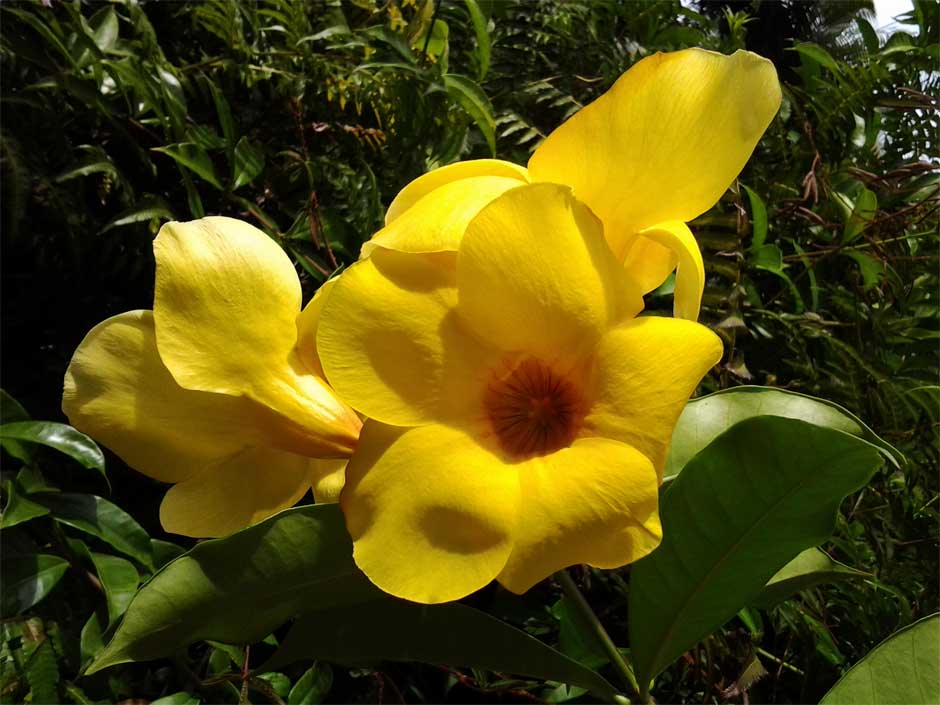NAME: Aloe barteri
FAMILY: Liliaceae
COMMON NAMES: Aloe
LOCAL NAMES: Eti erin, Ida-egun, Ida-orisa, Moda, bangio fauru, sogoba hu
USEFUL PART(s): Leaves
GENERAL USES:
Aloe barteri is majorly a medicinal plant
GEOGRAPHIC DISTRIBUTION
Senegal
Ghana
Nigeria
Malawi
Zambia
Togo
Ivory coast
WHY IS IT GREEN?
Aloe barteri medicinal values include:
Ringworm
Anthelmintics
Aphrodisiac
Amenorrhoea
Cough
Skin infections
Astringent
Antitumour
Pile
Fruits for preventing snake bite
Malaria
Rheumatism
FUNFUL FACT
Aloe barteri is a plant with fleshy leaves organized in a rosette and it is 3ft high.
The plant has about 12 branches with bulbs that have different colours such as green-yellow, dull red, red.
FURTHER READINGS
Bharat, C. R., & Krishna, G. D. (2017). GC-MS analysis of young leaves of allophylus cobbe (L.) raeusch. and allophylus serratus (Roxb.) Kurz. Indian Journal of Pharmaceutical Education and Research, 51(3), 472–479. https://doi.org/10.5530/ijper.51.3.75
Chavan, R. B., & Gaikwad, D. K. (2016a). the Ethnobotany, Phytochemistry and Biological Properties of Allophylus Species Used in Traditional Medicine: a Review. Www.wjpps.com World Journal of Pharmacy and Pharmaceutical Sciences, 5(11), 664–682. https://doi.org/10.20959/wjpps201611-8039
Chavan, R. B., & Gaikwad, D. K. (2016b). the Ethnobotany, Phytochemistry and Biological Properties of Allophylus Species Used in Traditional Medicine: a Review. World Journal of Pharmacy and Pharmaceutical Sciences, 5(11), 664–682. https://doi.org/10.20959/wjpps201611-8039
González, V. V., Solís, S. M., & Ferrucci, M. S. (2014). Anatomía reproductiva en flores estaminadas y pistiladas de Allophylus edulis (Sapindaceae). Boletin de La Sociedad Argentina de Botanica, 49(2), 207–216.
Mukherjee, P. K., Nema, N. K., Maity, N., Mukherjee, K., & Harwansh, R. K. (2014). Phytochemical and therapeutic profile of Aloe vera. Journal of Natural Remedies, 14(1), 1–26. Retrieved from http://www.scopus.com/inward/record.url?eid=2-s2.0-84902965077&partnerID=tZOtx3y1
Oladosu, I. A., Balogun, S. O., & Liu, Z. Q. (2015). Chemical constituents of Allophylus africanus. Chinese Journal of Natural Medicines, 13(2), 0133–0141. https://doi.org/10.1016/S1875-5364(15)60017-6
Radha, M. H., & Laxmipriya, N. P. (2015). Evaluation of biological properties and clinical effectiveness of Aloe vera: A systematic review. Journal of Traditional and Complementary Medicine. https://doi.org/10.1016/j.jtcme.2014.10.006
Rahman, S., Carter, P., & Bhattarai, N. (2017). Aloe Vera for Tissue Engineering Applications. Journal of Functional Biomaterials, 8(1), 6. https://doi.org/10.3390/jfb8010006
Sánchez-Machado, D. I., López-Cervantes, J., Sendón, R., & Sanches-Silva, A. (2017). Aloe vera : Ancient knowledge with new frontiers. Trends in Food Science & Technology, 61, 94–102. https://doi.org/10.1016/j.tifs.2016.12.005
Sofidiya, M. O., Imeh, E., Ezeani, C., Aigbe, F. R., & Akindele, A. J. (2014). Antinociceptive and anti-inflammatory activities of ethanolic extract of Alafia barteri. Brazilian Journal of Pharmacognosy, 24(3), 348–354. https://doi.org/10.1016/j.bjp.2014.07.013
Sujatha, G., Senthil Kumar, G., Muruganandan, J., & Srinivasa Prasad, T. (2014). Aloe vera in dentistry. Journal of Clinical and Diagnostic Research. https://doi.org/10.7860/JCDR/2014/8382.4983
Ye, C.-L., Dai, D.-H., & Hu, W.-L. (2013). Antimicrobial and antioxidant activities of the essential oil from onion (Allium cepa L.). Food Control, 30(1), 48–53. https://doi.org/10.1016/j.foodcont.2012.07.033





















